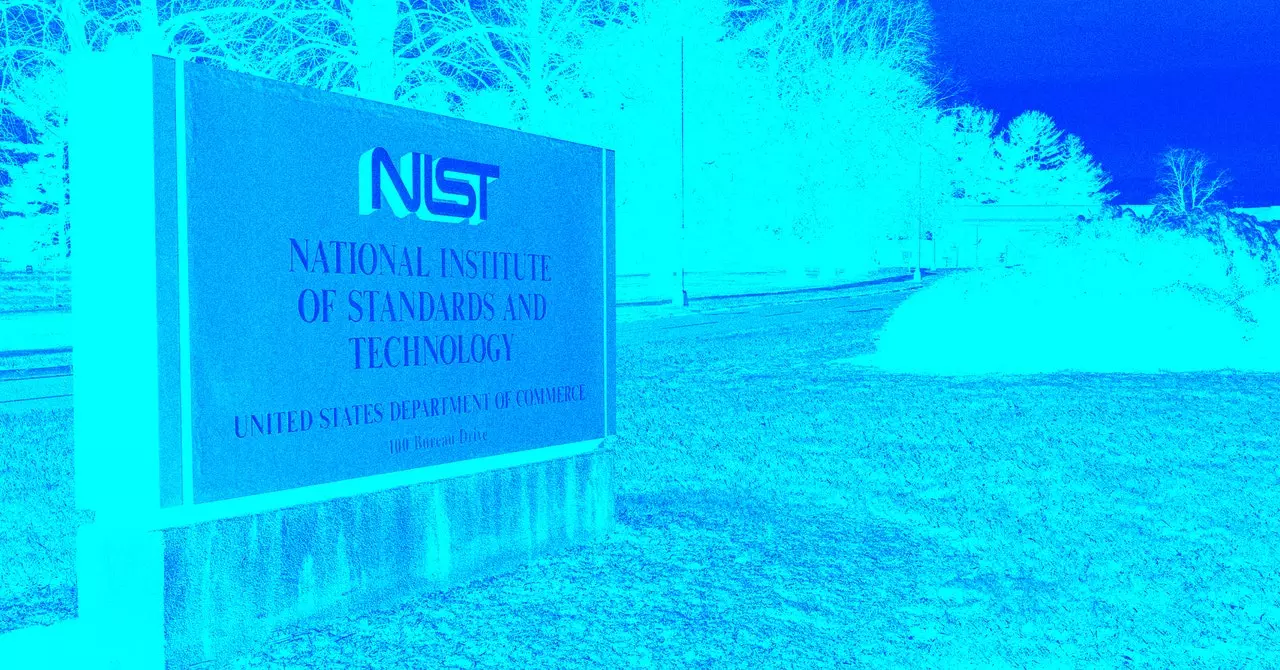The National Institute of Standards and Technology (NIST) is facing uncertainty as sweeping layoffs appear imminent, attributed to directives from the Trump administration aimed at corporate efficiency within the federal government. Established to ensure standards across varied sectors—from personal care products to advanced computing technologies—NIST’s core mission may be jeopardized by these sudden budgetary constraints. Current and former employees have expressed their concerns, noting the atmosphere of unease that has enveloped the agency since Trump’s inauguration and his endorsement of cost-cutting strategies, endorsed by influential figures like Elon Musk and the presumably affiliated organization known as DOGE.
This anxiety was exacerbated recently when reports emerged of DOGE personnel allegedly infiltrating NIST’s facilities. Employees at the agency observed individuals they speculated were tied to DOGE attempting to gain access to NIST’s information technology systems, which play a pivotal role in maintaining the agency’s operational integrity. The agency’s leadership promptly reassured staff that while DOGE representatives were not physically present on-site, preparations were underway to allocate office space and technological resources for them, which can only heighten suspicions about looming changes in management and operational structure.
Industry insiders divulge that by Wednesday, startling reports emerged indicating that layoff notifications were in progress for numerous personnel at NIST, particularly targeting the agency’s recent hires—approximately 500 employees currently in probationary status. These cuts are anticipated to extend to high-ranking technical experts who hold significant leadership roles, including three directors of research labs who were recently appointed. The implications of such layoffs are profound, signaling not only a loss of talent but also a detriment to ongoing projects essential for national safety and technological progress.
Official notifications regarding these layoffs are expected imminently, with speculation suggesting they could coincide with a forthcoming Friday. As uncertainty looms over NIST, requests for clarifications from both the White House and the agency itself have gone unanswered, further intensifying anxiety among employees who remain unsure of their job security.
Among the teams at risk is the U.S. AI Safety Institute (AISI), a critical body formed in response to former President Biden’s ambitious executive order on AI safety, which was promptly overturned by Trump. This institute has played a vital role in liaising with AI firms to evaluate and establish safety measures in artificial intelligence technologies, critical given the rapid advancements in this sector. The abrupt shift in priorities has left AISI and its workforce, approximately two dozen strong, in a precarious position, questioning their future prospects as government approaches to AI regulation evolve under the new administration.
Adding to the turbulence, key leadership figures within AISI have departed in recent weeks, including its inaugural director and other high-profile leaders, all of whom were integral to the institute’s mission. This mass exodus not only raises questions about the agency’s stability but also casts doubt on its ability to fulfill its mandated objectives, particularly in a field as rapidly evolving and inherently risky as artificial intelligence.
Moreover, Vice President JD Vance’s recent remarks at an international AI summit highlighted the administration’s apparent resolve to deprioritize AI safety. Vance’s statement, which noticeably sidestepped the topic of safety within AI developments, signals a broader shift in political priorities under the Trump administration. This lack of focus and commitment to safety measures within such a crucial industry raises red flags among experts and advocates who stress the importance of regulatory frameworks in ensuring technological reliability.
As the situation continues to develop, the potential for NIST’s transformation into a vastly different entity looms large. The ramifications of these layoffs may extend far beyond the agency, influencing standards across industries that rely on NIST’s enduring commitments to safety and integrity. As employees await the official word regarding their fates, the broader implications of these decisions on technological advancement and public safety remain to be seen.

